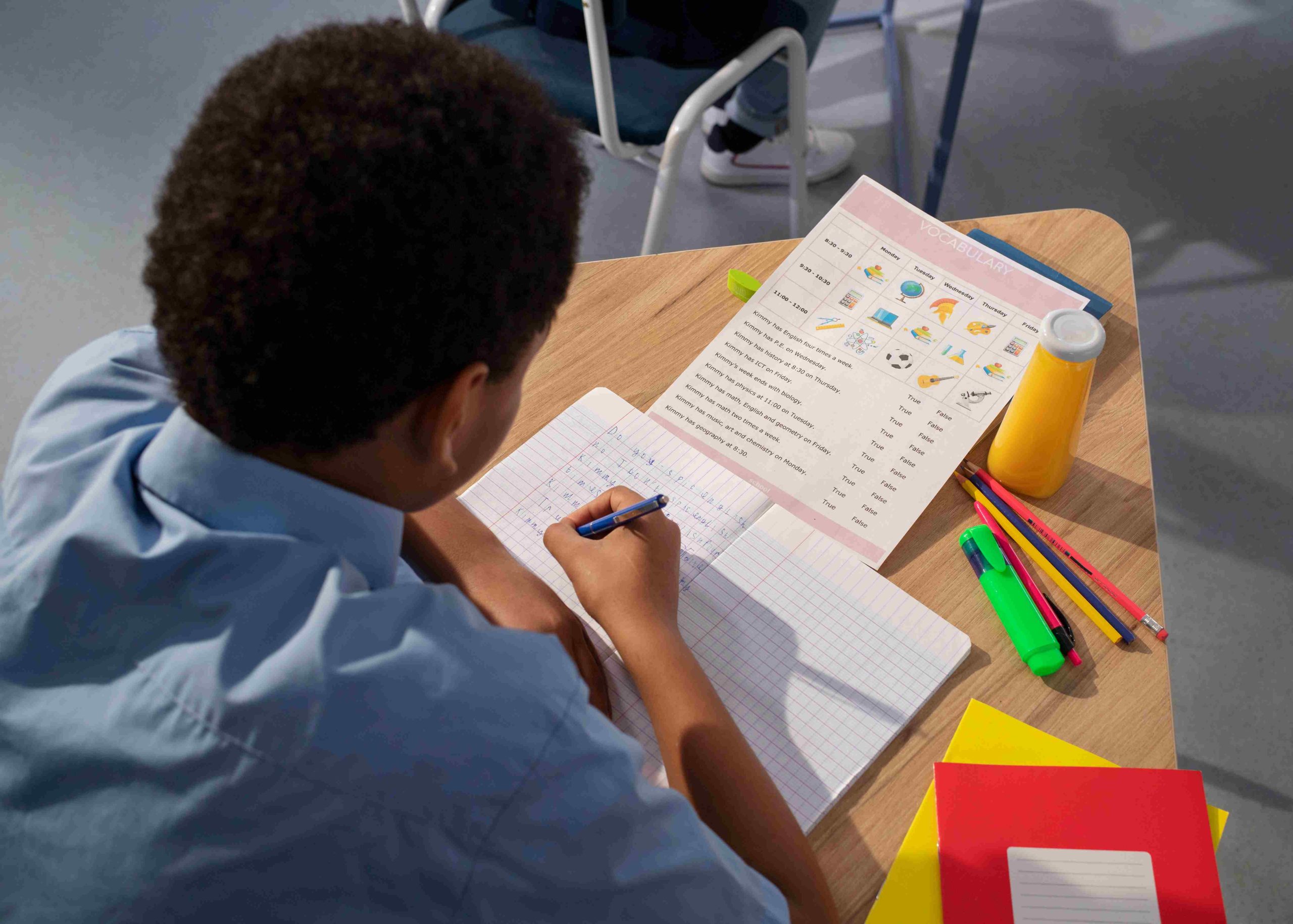
The Power of Portfolio Assessments: Unveiling Preschoolers’ Holistic Development
Understanding Portfolio Assessments:
Portfolio assessments, unlike traditional methods of evaluation, go beyond standardized tests and numerical grades. They serve as dynamic repositories of a preschooler’s progress, showcasing their achievements, interests, and unique learning journey. Portfolios provide a comprehensive view of a child’s growth by documenting their academic, social, emotional, and creative development.
Documenting Growth:
Personalized Learning:
Building Self-Reflection Skills:
Implementing Portfolio Assessments Effectively
Collection and Selection of Artifacts:
Reflection and Documentation:
Communication and Feedback:
Overcoming Challenges and Maximizing Benefits of Portfolio Assessments
Time Management:
Assessment Authenticity:
Individualized Support:
Celebrating Progress:
Integrating Technology in Portfolio Assessments
Digital Portfolio Platforms:
Data Analysis and Reflection:
Parent Engagement and Collaboration:
Accessibility and Long-Term Storage:
Ethical Considerations in Portfolio Assessments
Privacy and Consent:
Confidentiality:
Respect for Diversity and Inclusion:
Transparency and Communication:
The Role of Reflection in Portfolio Assessments
Metacognitive Skills:
Critical Thinking and Problem-Solving:
Communication and Self-Expression:
Continuous Learning and Growth:


